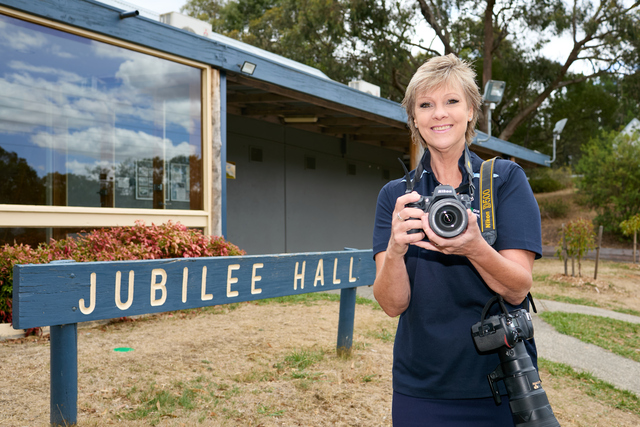The health gap between north-west Melbourne’s indigenous and non- indigenous populations can be traced to birth, a new report states.
The recently released Closing the Gap in North Western Melbourne Information Paper 2015 reveals the health issues facing Aboriginal people living in the city’s north and west can be traced from birth and early childhood right through to a premature death.
The report, compiled by the North Western Melbourne Primary Care Network, says the warning signs show up in pregnancy, birth and hospitalisation figures for infants and become clear during childhood in areas including mental health and disability.
Rates of chronic disease, mental and emotional health issues, and avoidable hospitalisations are much higher than non-Aboriginal people, the report states.
Melbourne Primary Care Network chief executive Christopher Carter said life expectancy for Aboriginal people was about 10 years lower than for non-Aboirginal Australians but many of the former were dying even younger.
“Aboriginal children are more likely to be hospitalised for assault,” he said.
“Hospitalisations for family violence assaults are 34 times more likely for Aboriginal women and 28 times more likely for likely for Aboriginal men.”
He said the health status of Aboriginal people in the region was affected by a range of factors, including lower levels of education, employment and income.
Whittlesea council Aboriginal access and support officer Shontia Saluja- Honeysett said the report reflected her experience working with Whittlesea’s Aboriginal residents, who make up 0.73 per cent of the municipality’s population.
“There’s a big health gap,” she said. “In our experience, a lower birth rate and early births impacts children later in life.”
She said many Aboriginal people did not access support services because of traumatic experiences in the past.
In the 1960s, one of her aunties took her child to be treated at The Alfred hospital only to be told to wait outside.
She said her auntie’s baby died in her arms while she waited for non-Aboriginal people to be treated first.
Ms Saluja-Honeysett said hospitals and support services needed Aboriginal staff to help Aboriginal patients navigate the system.






